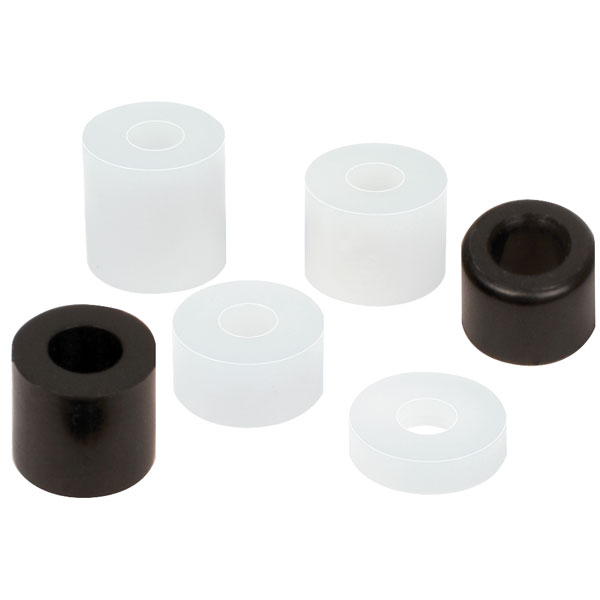
Here are some general building tips submitted by the Exothermic Robotics club:
There are three different types of nuts: Nylock nuts, Thin Nylock nuts, and Keps nuts.
Nylock Nuts: Nylock nuts have a nylon lock inside of it and are bulkier than Thin Nylock nuts and Keps nuts. They also take longer to put on and take off although they make strong, permanent connections. It is typically recommended to use Nylocks on any moving or vibrating part of the robot. They are also good for making low maintenance robots as they rarely come loose, although they are quite a bit heavier than the other nuts, which may be something to consider as you use them.
Hex Nuts: Hex nuts are about 30% less weight than Nylocks and are versatile. They have a nylon insert that allows them to lock onto screws and don't need a threadlock. Even though they are smaller than Nylock nuts, they are made of steel so they are just as strong as Nylocks. Additionally, they can fit into tighter spaces because of their smaller size.
Keps Nuts: Keps nuts have an outer tooth lock washer and are easily removable. They have an internal Nylock nut that prevents them from falling off. They are good for prototyping because they are non-locking. Often times, it is recommended that you build with keps nuts, and once the whole thing is done, rebuild with Nylocks. Keps nuts are also good for plastics because the teeth grip the plastic and create a firm hold.
Below from left to right: Nylock, Hex, and Keps nuts
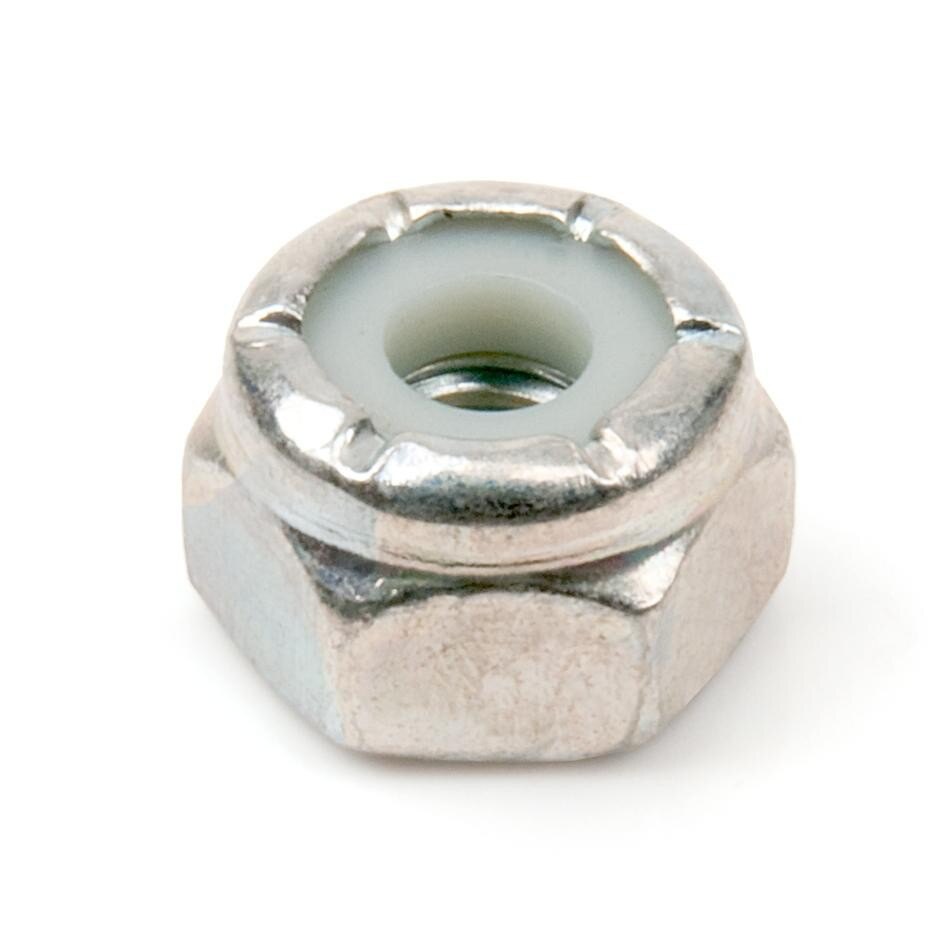
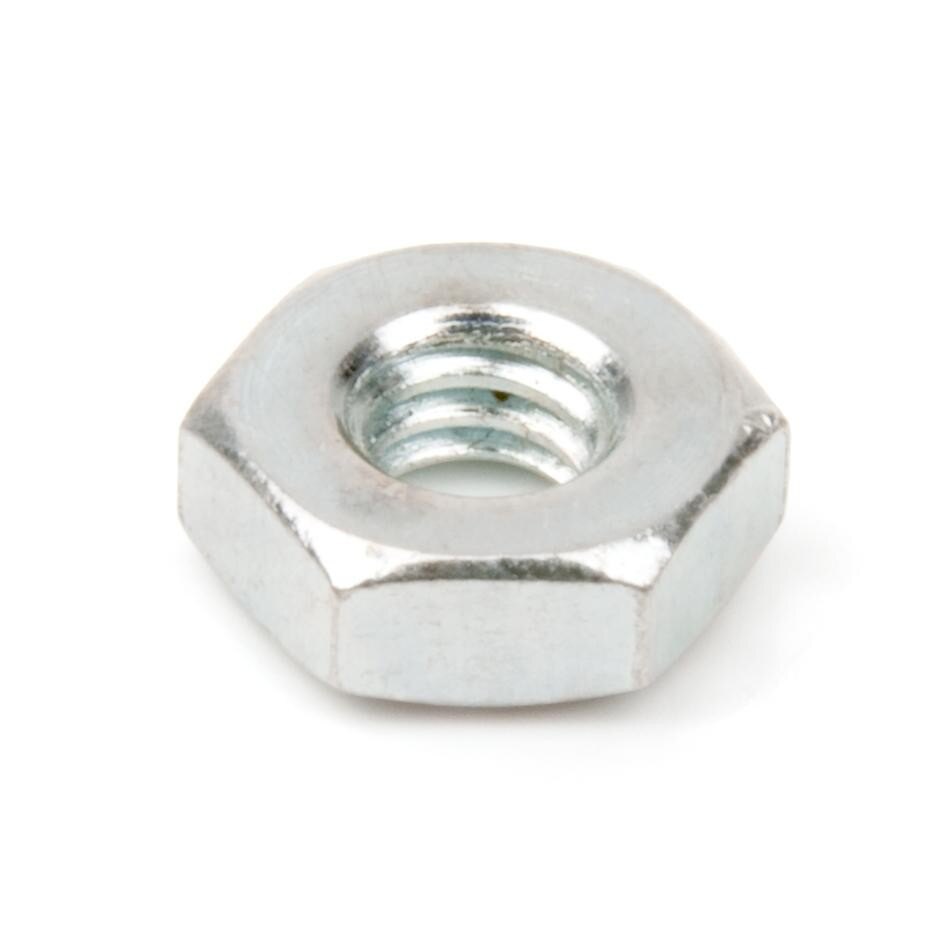
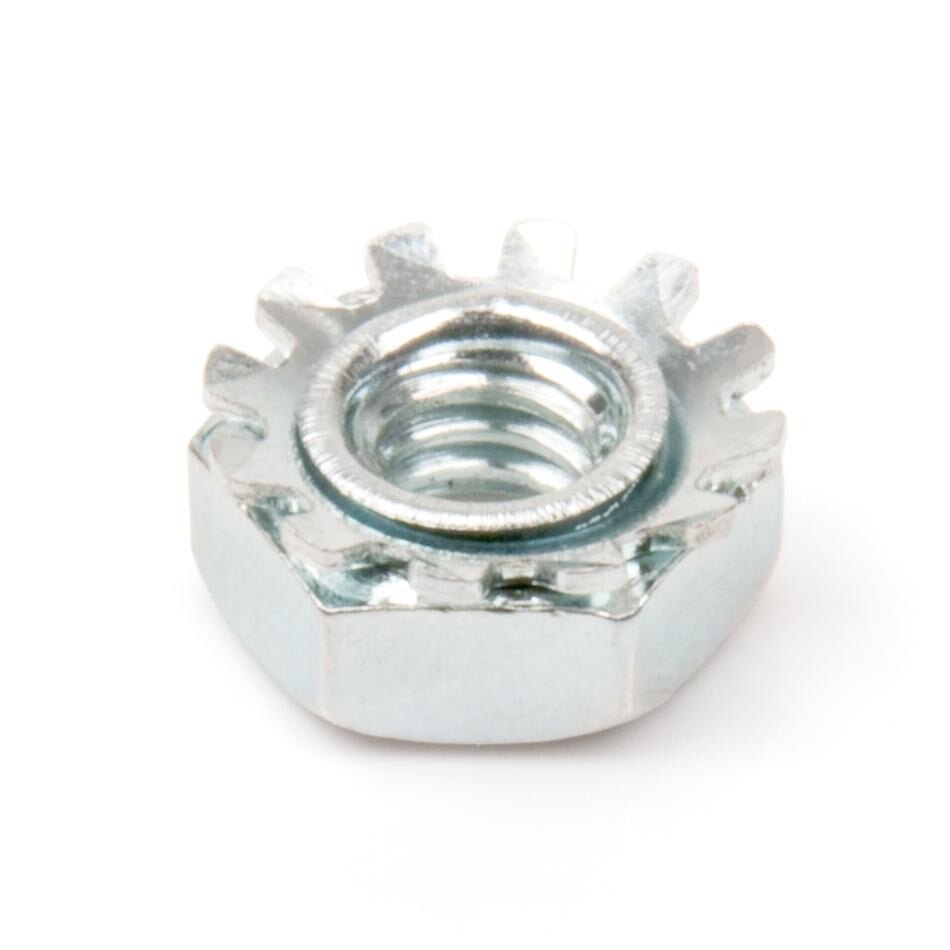
Another important part to a stable robot is the bearing. The main purposes of bearings are to reduce friction between moving parts and to constrain the motion. There are five main types of bearings for Vex EDR that mostly differ on the type of center hole it has, and the thickness of the bearing. Each different bearing serves a different purpose. The types of bearings are:
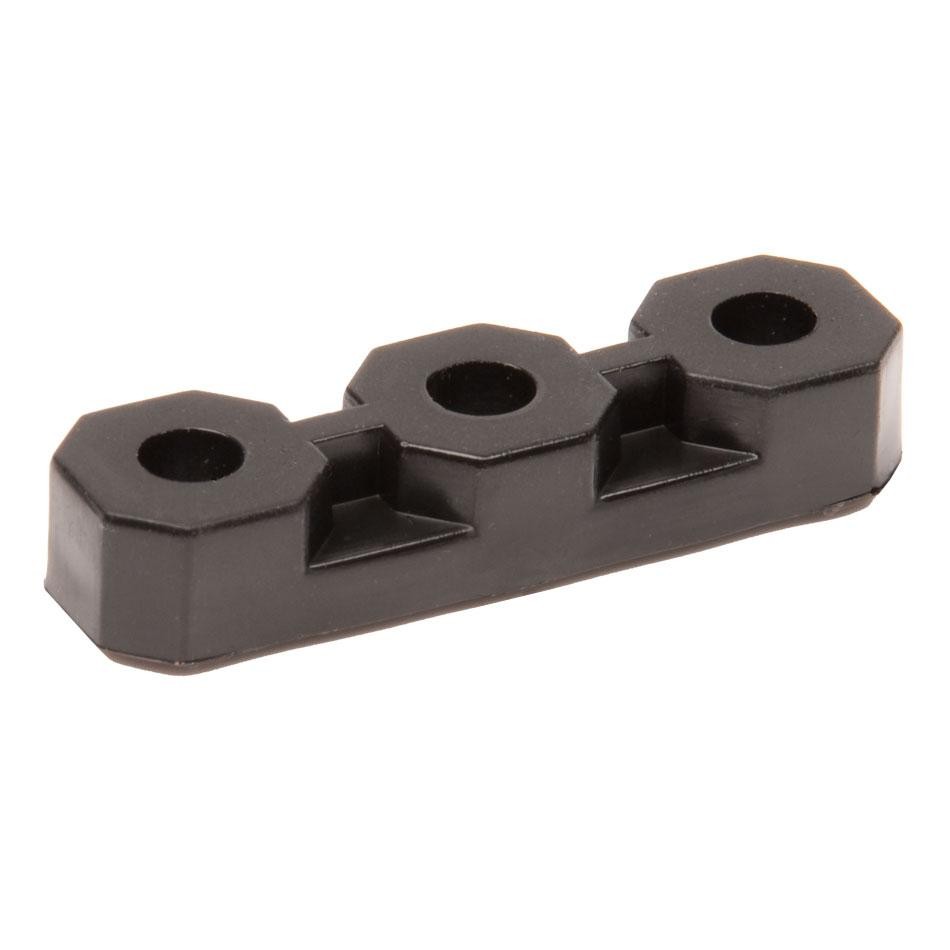
Bearing Flats: Bearing flats are the most common bearings and consist of three circular holes of equal sizes. They can be mounted directly on a VEX structure, and a shaft can be strung through it perpendicularly. It is typically recommended that bearing flats are used along with 0.5" screws and keps nuts.
Bearing flats are useful as they help reduce friction and allow shafts to spin more smoothly. If you put your shaft in the motor and through a C-channel, it will still work, although it definitely won't be ideal. The shaft will move around, make noises, and wear out your parts quicker. Additionally, less power will be transferred from the motor to where you need it. This is where bearing flats come in. Their round holes allow the shaft to spin around in it and keep it centered without making weird noises and wearing out the metal. If you are using a shaft that goes through a C-channel completely, you will have to use two bearing flats, one on each side.
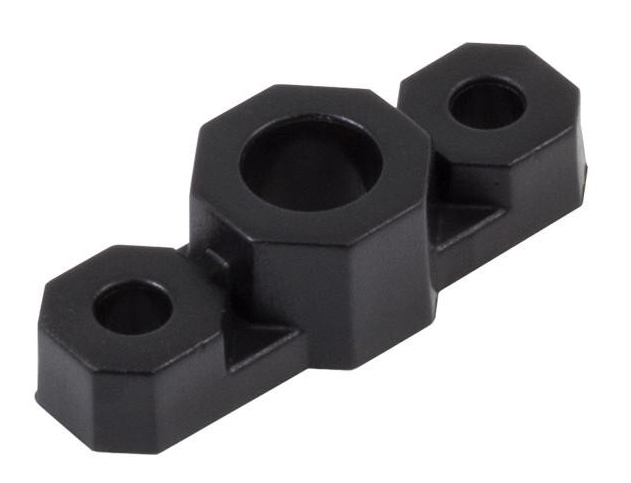
High Strength Shaft Bearings: High Strength Shaft Bearings are essentially the same as Flat Bearings, but with the center hole slightly raised. They are large enough to hold 1/4 inch High Strength Shafts, and do not fit 1/8 inch shafts. They mount directly onto VEX structures and allow shafts to turn smoothly by lowering friction.
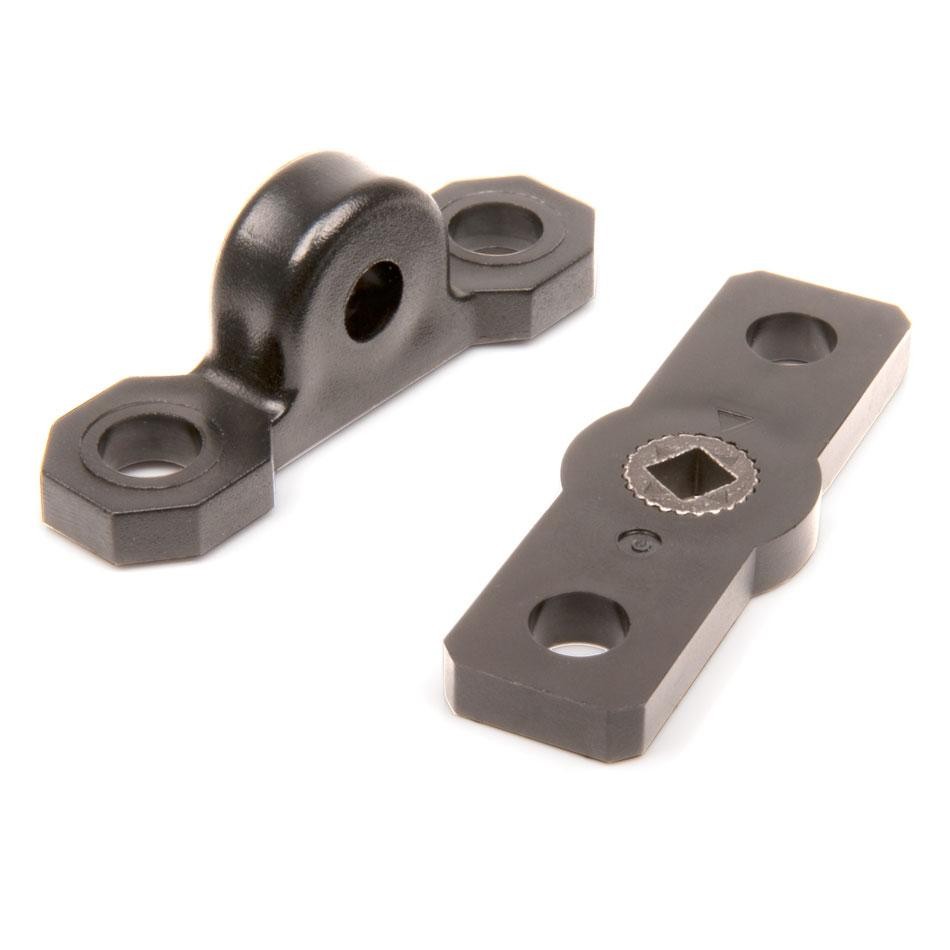
Pillow Block Bearings: Pillow Block Bearings have two flat, circular holes on each side and the center hole perpendicular to the side holes. They support a shaft which is offset above, below, or located to the side of the structure. Typically, when high strength shafts are used, you would have to drill your metal, cut the shafts, or solve the spacing issues that the shaft would cause. This is where Pillow Block Bearings become useful as they solve the aforementioned issues and allow you to mount the shafts off of a piece of metal.
Lock Bar Bearings: Lock Bar Bearings have the same flat holes on the side as a Pillow Block Bearing, but the center hole consists of a rotatable square hole that fits axles. Lock Bars lock any VEX parts to a shaft so that they will spin with the shaft.
These different types of bearings are used in very different types of situations, but all serve the same purpose of stabilizing or reducing friction on a joint.
Gears are another crucial part of the robot. Gears have several purposes including rotating several components at once, allowing two components to rotate in opposite directions, and most importantly, adding more speed or torque to the motor rotation.
There are four sizes of gears that are used in VEX EDR: 1, 3, 5, and 7. They are named by the number of dozens of teeth they have (so size 1 has 12, size 3 has 36, etc.).
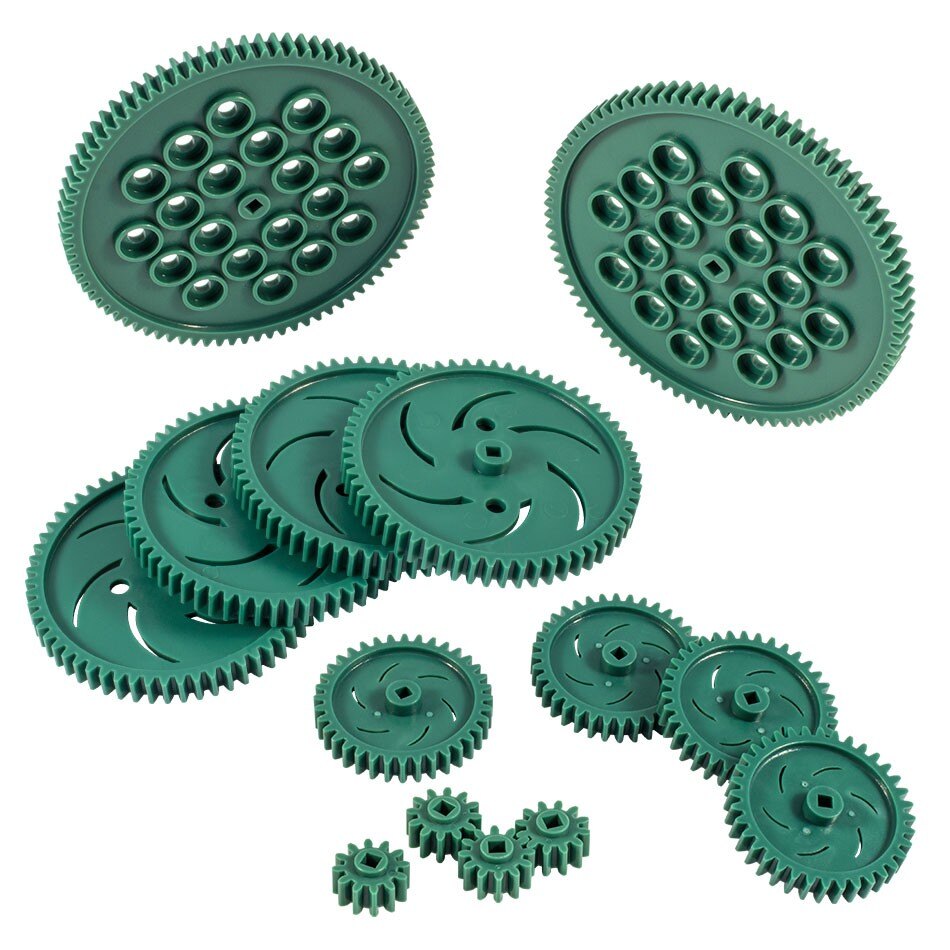
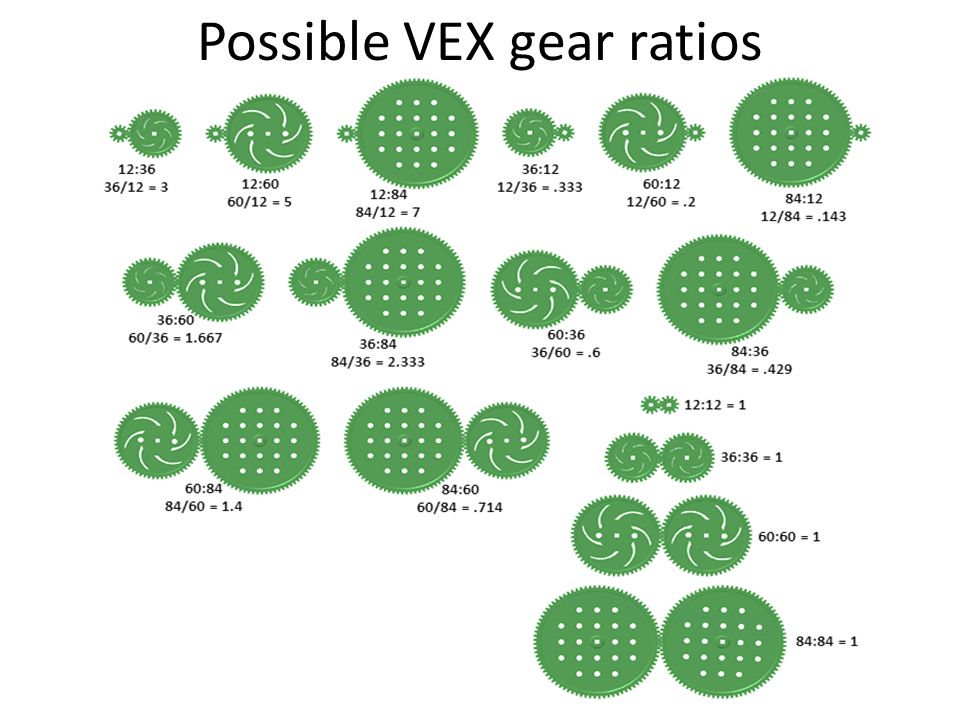
Different combinations of sizes of gears leads to either more speed or more torque. If the gear the motor is directly spinning (the leading gear) is larger than the gear it leads to, than there will be more torque, or force. If the leading gear is smaller than the gear it leads to, than the component will spin faster. If you want two components to rotate at the same speed, use gears of the same size.
The ratios are named by the size of the gears, for example, a 1:3 gear ratio would be a gear ratio that provides more torque. Additionally, make sure to keep track of the number of gears used. If the number is odd, the two components will rotate in the same direction, which is useful for drivetrains. On the other hand, if the number is even, then the two components will rotate in opposite directions, which is useful for claws and DR4Bs.
Overall, gears are an important component for a great robot.
There are many different sizes of VEX C-Channels. These C-Channels have holes on 0.5" increments. Their strength and resistance to bending make them great for building reliable robots. C-Channels also come in two different materials: steel or aluminum.
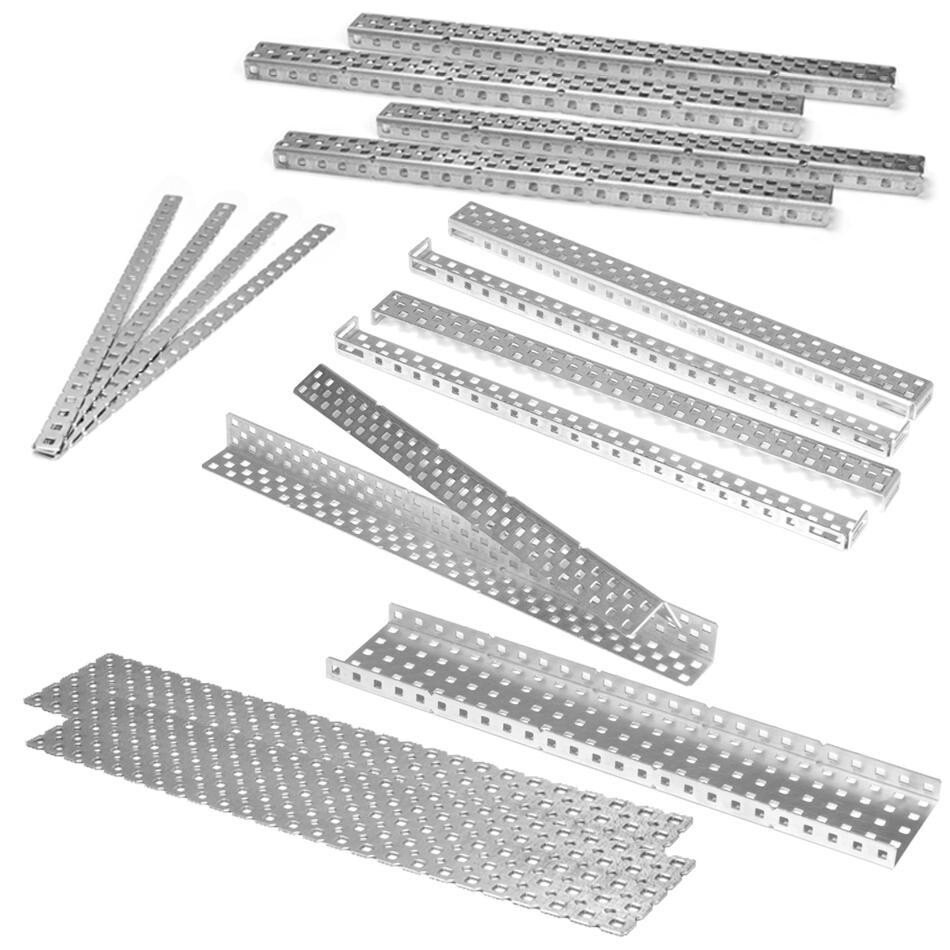
There are many different sizes of VEX axles. Axles are inserted into motors so they can turn something. There are different sizes of axles. High strength axles work together with high strength bearings, and can be used to reinforce gears. Additionally, axles can be cut to any size desired.
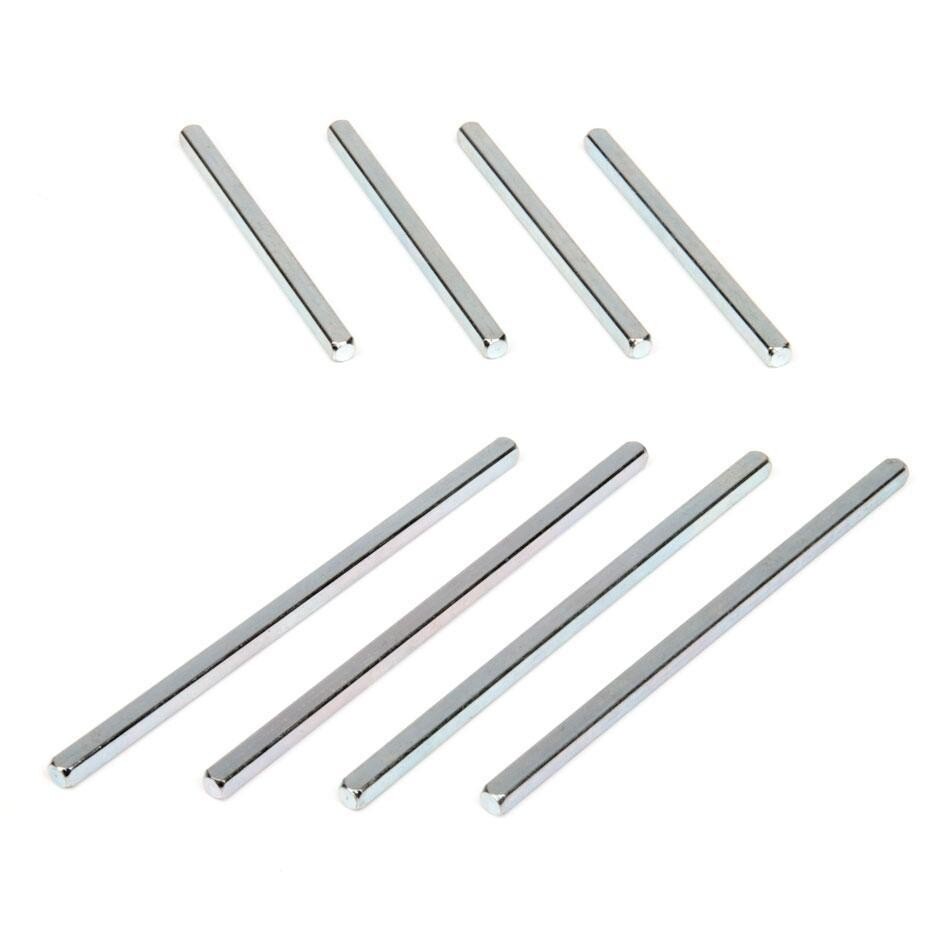
Spacers come in two different colors: white and black. Both white and black spacers come in different sizes.
White spacers can be used to separate two pieces of metal when you create a joint with a long screw and a nut. Additionally, white spacers are sized in exact fractions of inches, so if you want a spacer that is exactly the same as the distance betwen holes in C-Channels, then white ones are the better choice. Since they have a larger diameter, chains run over them smoothly and they can be easily used to make chain tensioners.
On the other hand, black spacers are sized metrically, so in some situations, you may have to use washers along with the black spacers. However, they are advantageous in that they have a smaller diameter and can fit into tighter locations.
